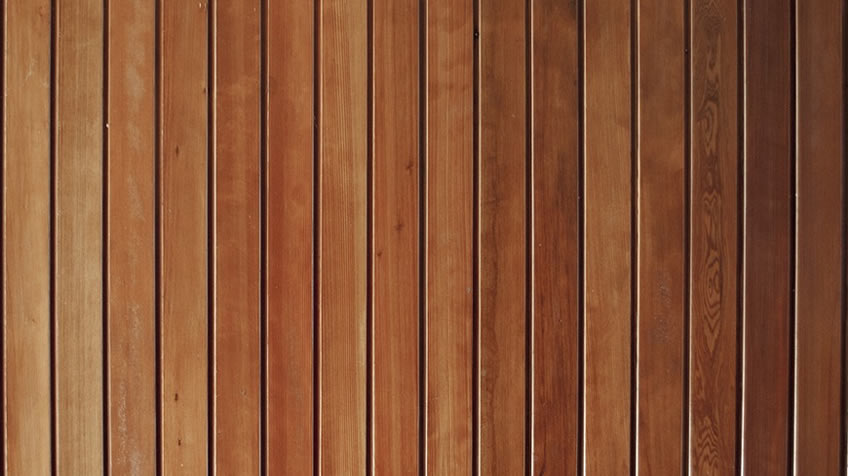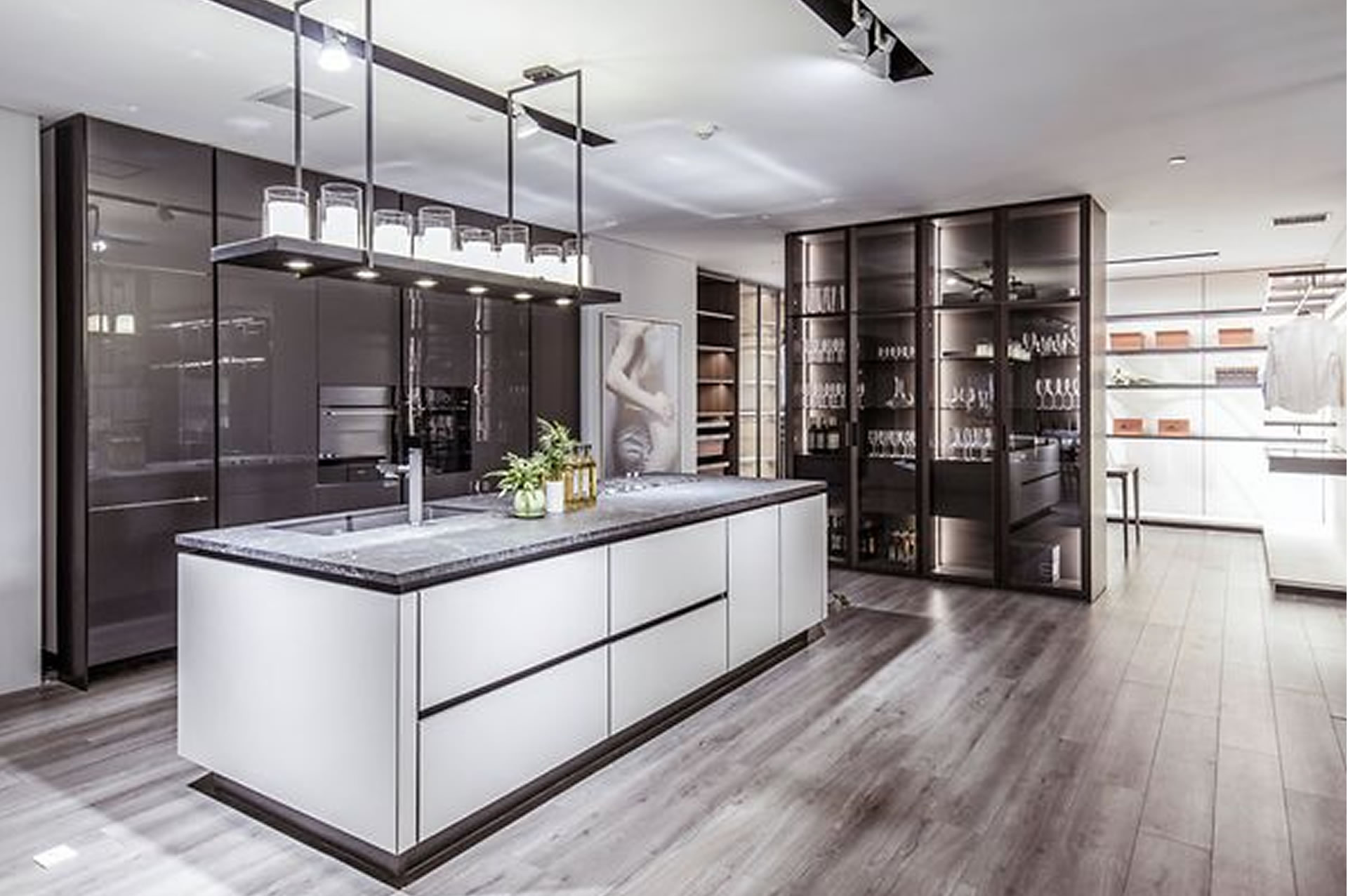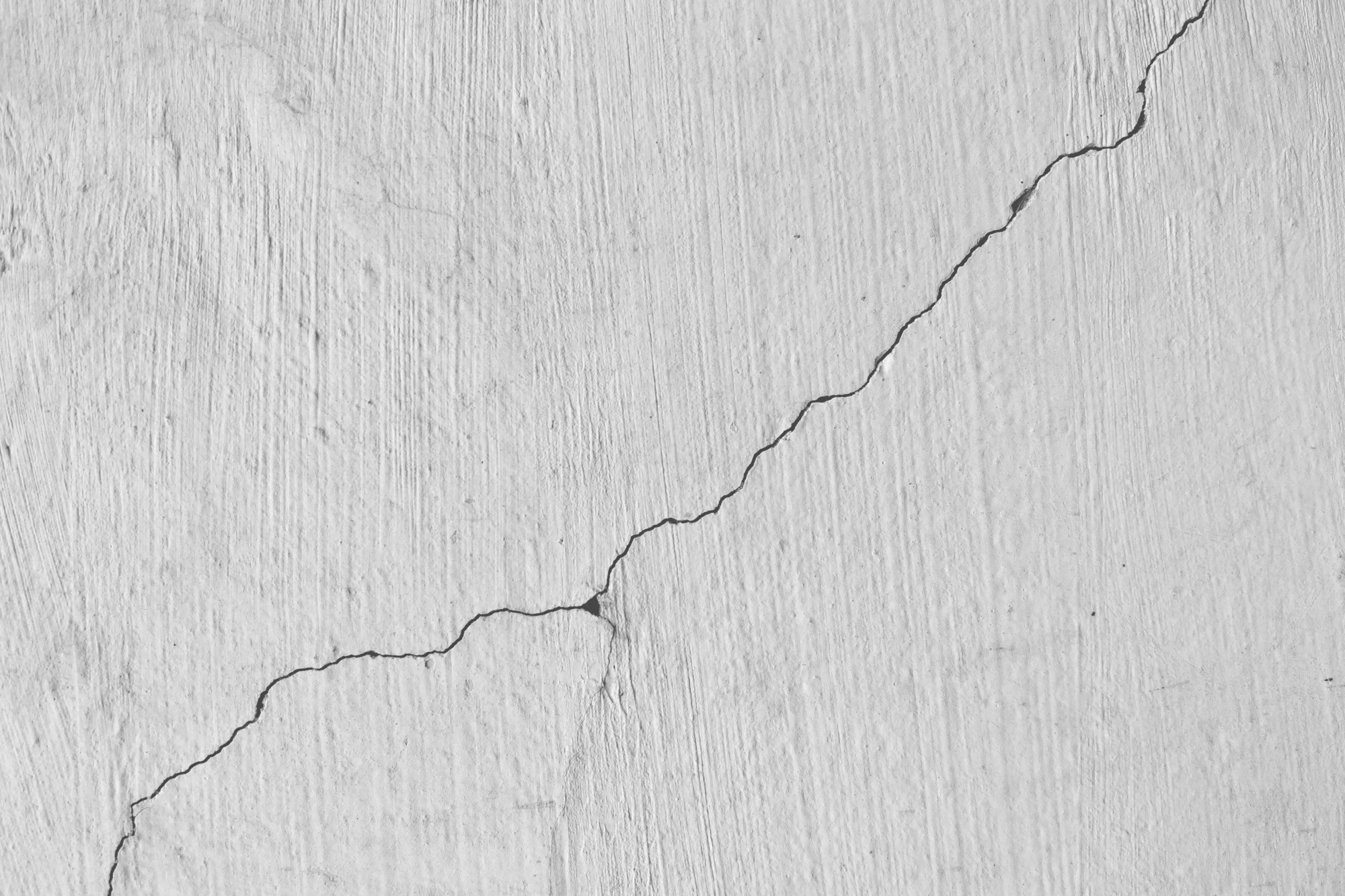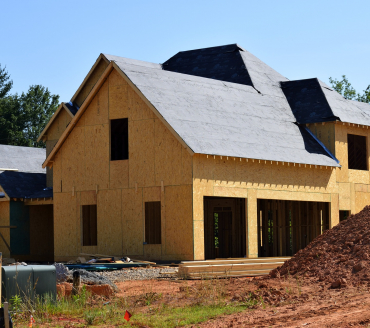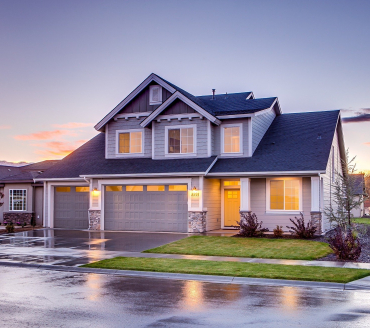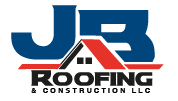Innovative and long-lasting advantages of Cedral
- Super User
- Construction
Fiber cement is an original material used in the form of cladding slats. It consists of a combination of sand, cement and wood fiber. Furthermore, it has more than one innovative and ecological property for your facade.
1. It is made in a unique way
Fiber cement found a revival in the 1990s. It is composed of sand, cement, and cellulose. After preparation, these materials are mixed in a tank with water and additives. This results in a paste, which is then deposited on a conveyor belt that passes under rollers. The water is partially removed and a semi-rigid film is formed. This film is then cut into sheets, which are passed through drying booths to harden. Finally, it is cut into plates and colored.
2. It is very ecological
Fiber cement coatings use natural raw materials (see previous paragraph) that are produced locally. Consequently, Cedral plates do not contain substances harmful to the environment. The plates also benefit from the high-performance manufacturing process that does not release any harmful agents. Delivered on pallets, it is lightweight and easy to transport to the construction site.
Fiber cement is also characterized by its longevity, so you can expect to have a facade for life. And this is one of the 6 reasons why to choose Cedral slats for facades.
3. It is ideal for creating external insulation
Choosing an exterior insulation is often considered somewhat simpler. Doing the opposite, that is, insulating the interior walls, often results in condensation becoming a problem, which must be addressed by increasing ventilation. Placing insulation on the outer skirts reduces this problem. Consequently, a definitive coverage is needed to protect the insulation layer. Cedral cover plates are ideal because they are easy to install, last a long time and require little maintenance. This method can be used in both new construction and renovations.
Enables ingenious architectural applications
Fiber cement sheets can be applied in different ways. It can be placed vertically (Nordic-style) or horizontally (American-style). They can be interleaved to achieve a flat surface, or conversely, they can overlap, like roof tiles. They can be ordered in a perfectly smooth finish or in a design that mimics cedar wood grain. Finally, they come in a wide range of colors: from white to gray or oak. Its ease of use offers architects an excellent form of creative freedom.

